Augmented reality in neuroscience teaching
Visualising anatomy with AR
This project was undertaken to create an augmented reality (AR) smartphone and iPad app for teaching neuroscience at the ANU Medical School. This app uses the device camera to identify specific features of a scene e.g. part of an anatomical model or image, and then displays the scene in real time along with overlays comprising labels, text, images, or animations which allows the student to control the different graphical and text elements associated with that object.
Project snapshot
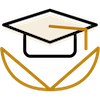
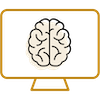
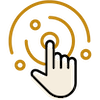
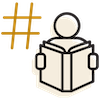
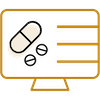
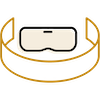
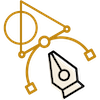

What was the issues?
Plastic models of the brain are an excellent resource to aid student study of the brain. However, to correctly identify each structure on the model, students need to refer to a small accompanying paper list that:
- is text-dense with small font and often not in English
- can easily be lost or misplaced and students are left with no reference
- does not describe the functional relationships or clinical relevance of each structure
- does not identify every structure visible on the model.
Therefore, studying complex plastic models can result in cognitive overload for students when using the detailed written lists to identify and understand important structures. Students can easily get distracted from the structures that are relevant to the learning outcomes and future clinical practice.
What was the solution?
In this project, an AR app for smartphones and iPad was created to facilitate the identification of structures, their functional connections and clinical relevance.
This app uses the device camera to identify specific features of objects e.g. part of an anatomical model or image and then projects them in real time with overlaying virtual elements (labels, text, images, animations). This way, students can interact with the virtual elements, such as dragging and dropping, clicking, moving, and toggling labels on and off.
A beta version of the app was launched for Year 2 practical sessions in 2019. During the sessions, students could use iPads preloaded with the app; if preferred, students could download the app to use on their personal devices.
Testimonials



The Team
The project team consists of:
- Corinne Carle (JCSMR and SMP)
- Jessica Harrington (JCSMR)
Project funding:
CHM Dean’s Strategic Funds for Education and SMP Teaching Enhancement Grant